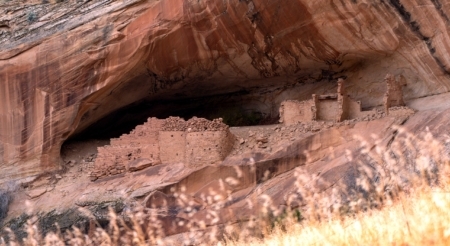What Are Public Lands?
Our public lands have tremendous value above and beyond resource extraction. Here’s why they’re worth protecting.
All United States lands, public and private, are the ancestral lands of Indigenous people and Tribal nations, most of whom were forcibly removed from their homes.
Today, there are 614 million acres (26.6 percent of the US) that are held in trust for the public and managed by the federal government, mostly through the Bureau of Land Management (BLM), the US Forest Service (USFS), the US Fish and Wildlife Service (USFWS) and the National Park Service (NPS)—these areas are called public lands.
What Are Public Lands Good For?
Approximately 14 percent of public lands have some measure of protection from development and resource extraction (wilderness areas, national monuments and national parks, for example). The remainder are open for business, and various industries–including logging, mining and drilling–are chomping at the bit. But these public lands have tremendous value beyond the extractive. Here are just a few of them.
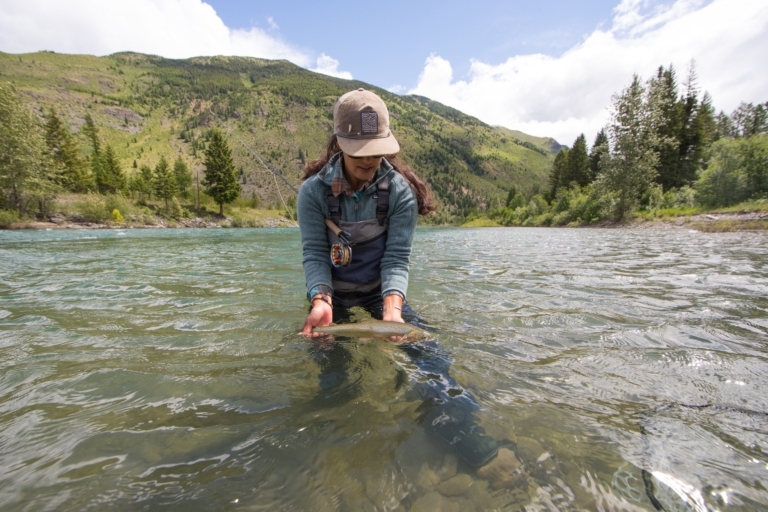
Hilary Hutcheson & Ebon Robinson, Columbia Falls, MT
Biodiversity
Public lands facilitate and encourage biodiversity by allowing species to interact, adapt and thrive within their natural environments. Variability within and between species and ecosystems leads to greater stability for all life forms.
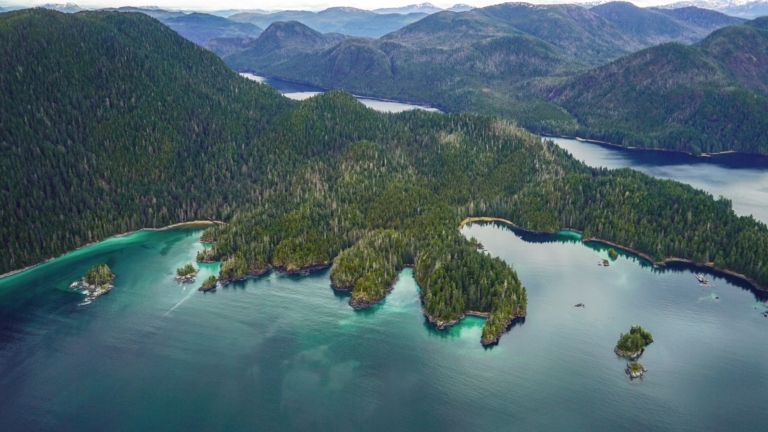
Carbon Sinks
Leaving public lands in their natural state preserves their carbon absorption capabilities, which can help mitigate the climate crisis. Extractive industries not only create CO2 emissions, but also decrease carbon sequestration by interfering with natural systems.

Drinking Water
The water that comes out of most taps has taken a long journey, likely originating from or passing through public lands. An estimated 180 million Americans drink water from rivers and aquifers whose sources are on public lands.

Mental Health
A study at Chiba University in Japan found that forest therapy reduced cortisol levels (fight-or-flight stress hormones) by 12.4 percent and lowered heart rates by 5.8 percent. Natural “killer cell” activity (an immune function indicator) increased by 23 percent and was maintained for a month after test subjects returned to urban life.
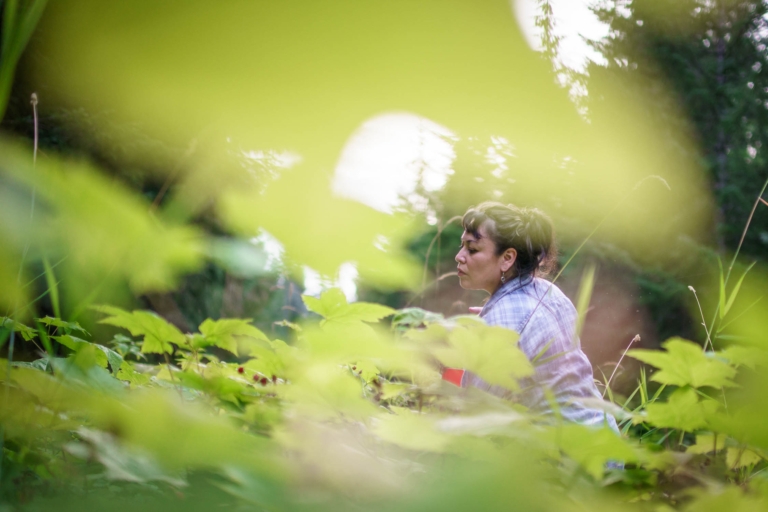
Hunting, Fishing and Traditional Gathering
For thousands of years, Indigenous people have sustainably gathered wood and plants for food, medicine and other cultural needs on their ancestral lands. Today, public lands allow elk, deer, waterfowl and native trout to grow and thrive so all of us, our children and our children’s children will have game to hunt and fish to catch.
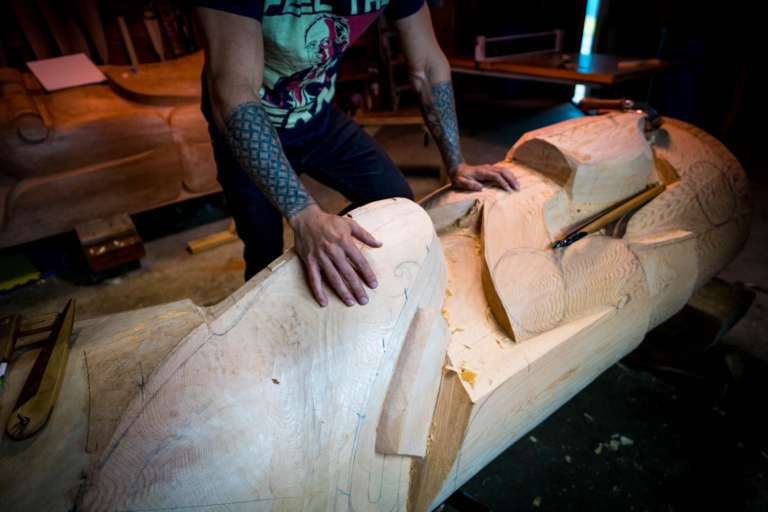
Cultural Heritage & Inclusion
Public lands protect Traditional Cultural Properties (TCPs), sacred sites and other places that are historically significant and used in the present day, fostering a shared sense of identity and broadening the American narrative.
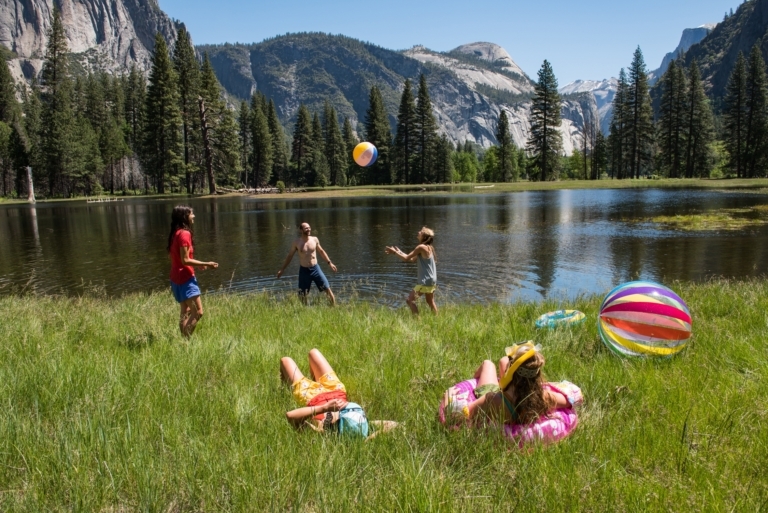
Community
Public lands are not only large, remote places. They are in our cities and neighborhoods in the form of national historic sites and national recreation areas. Plus, state and local parks and preserves amount to almost 200 million acres in the US. Along with neighborhood parks and playgrounds, they are important community assets that provide gathering spaces and outdoor access, particularly for those who don’t have the means to visit our national parks.
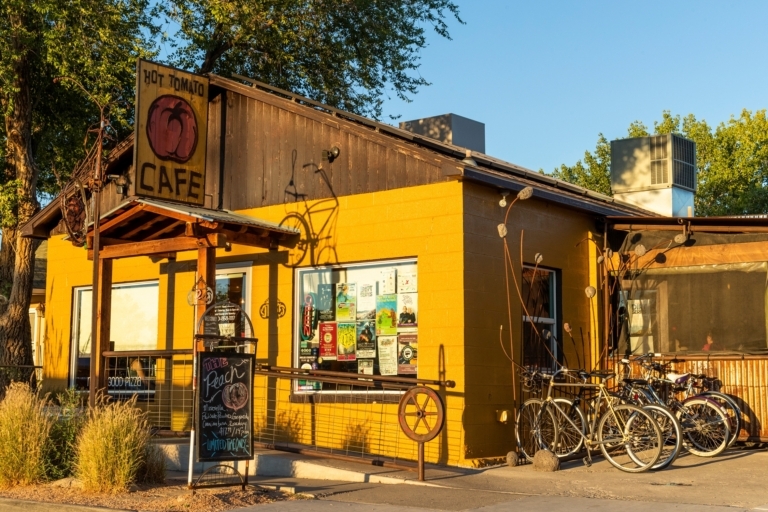
Economy
Between 1970 and 2014, western rural counties with the highest share of federal lands had, on average, faster population, employment, personal income and per capita growth than those that had fewer public lands.
Protect Wild Places
Support grassroots groups working to protect landscapes and wildland communities.
